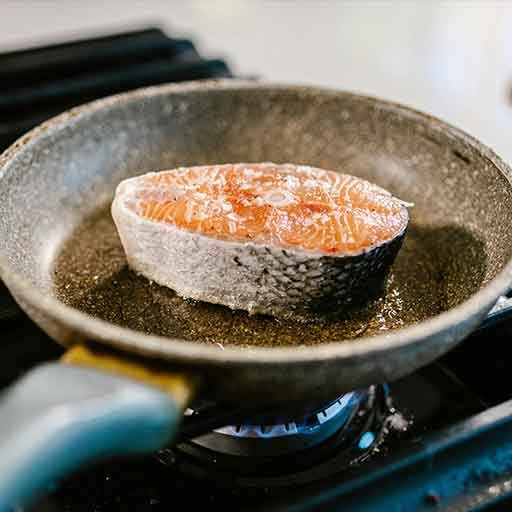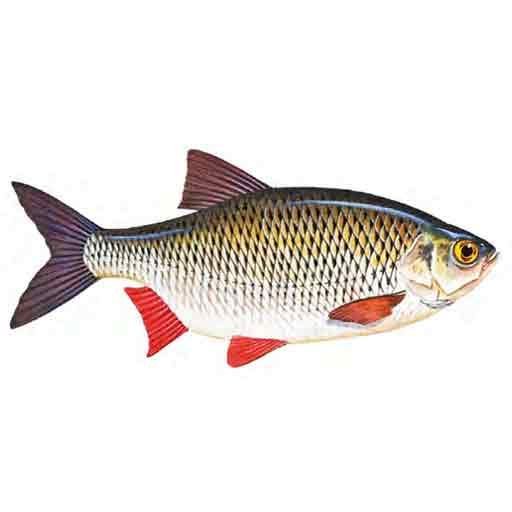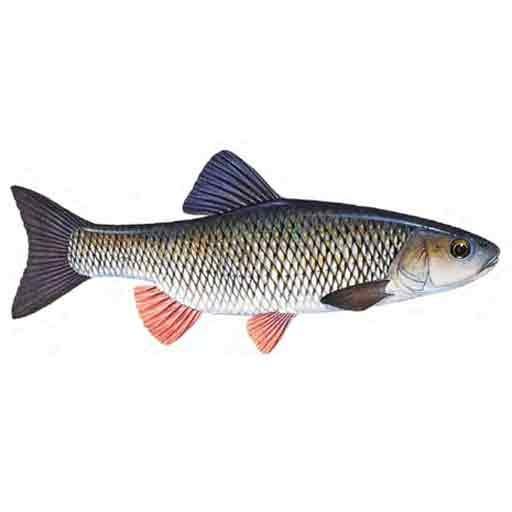Dolly Varden is part of a family of four. They grow to about 1.3m (4¼ft) in length, and their lighter spots distinguish them from trout and salmon. Adult male Dolly Varden develop a distinctive bright red coloration with the lower body, and their wings are red-black with white edges. Over time, their lower jaw grows. Adult females are similar in color but less bright. Sea-going Dolly Vardens are more silvery, with many red and orange spots on their flanks, and greenish-brown dorsal fins. Dolly Varden spawns in streams during the fall. Eggs are deposited in grooves dug by females with their tails. The young migrate to the sea at the age of three or four in May and June. Migratory fish then winter in freshwater, with separate river and lake populations.
Migratory Behaviour in Alaska
Northern Alaskan Dolly Vardens spend most of the winter in rivers, while Southern Alaska Dolly Vardens winter in lakes. It is believed that they explore the lakes on a random basis, swimming in different rivers until they find the lake above. Both male and female Dolly Varden must return to spawn in the river in which they spawned.



















